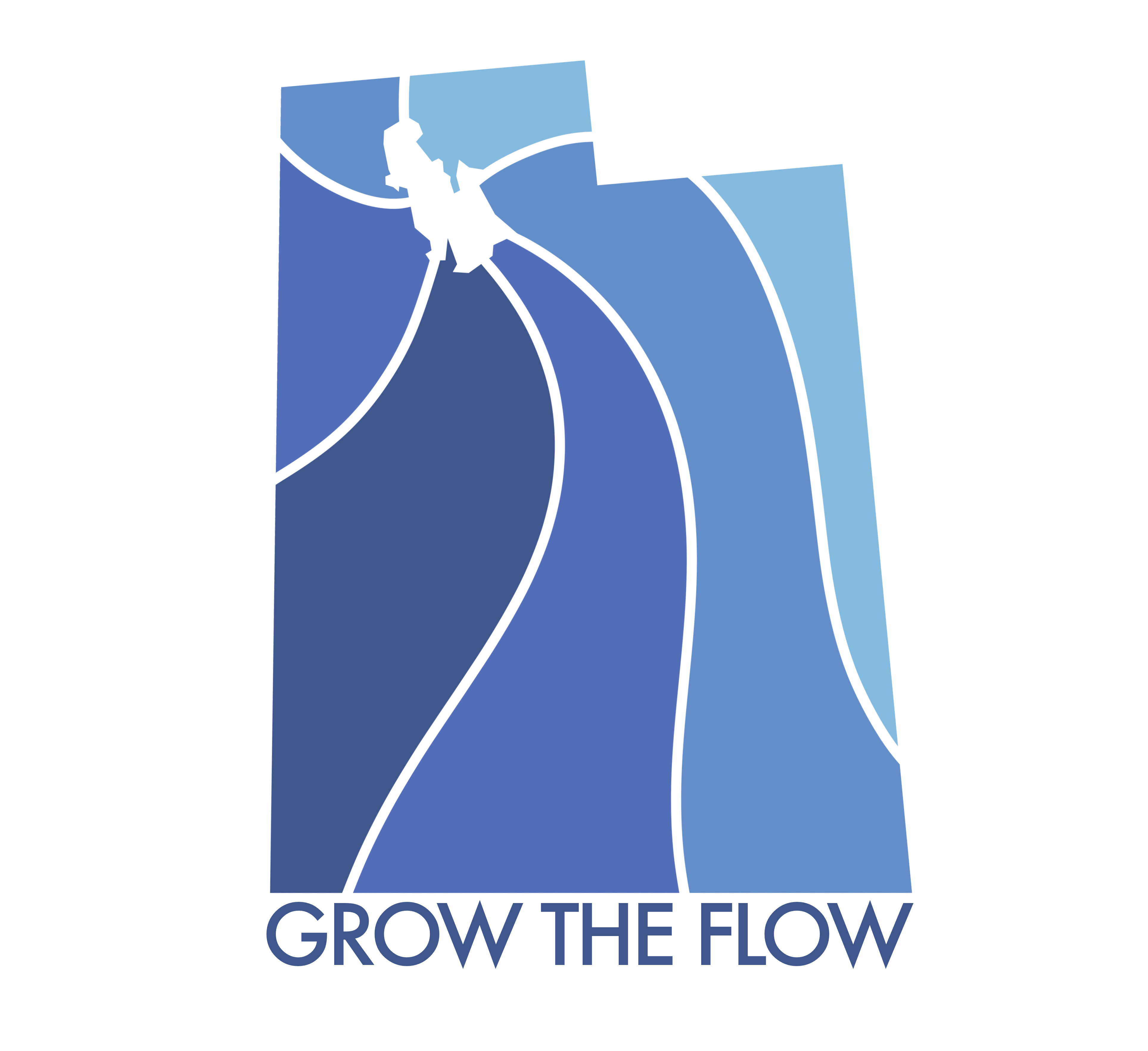We had an amazing turnout and support for this afternoon’s virtual panel on the Bear River Development. Experts on water policy, public lands, and lake ecology discussed questions relating to recent developments in the project.
Tim Hawks, a former state legislator with experience in water conservation and Great Salt Lake-related issues, gave an overview of the history of the Bear River Development:
“This dates back to 1991, a different era in water. We were just coming out of the 80s, where we had so much water in Great Salt Lake that we were pumping it out in the West Desert. If you’re back there in 1991 and looking at growth in the state, you’re making some assumptions about how much water those people will need. They didn’t have enough developed water, water in pipes, to meet that future growth and demand. The state enacted the Bear River Development act to take advantage of excess water in the river. Because the way we’re using water is changing, however, it’s pushed the project’s need for that developed water out past the planning horizon.”
Later on, he noted that:
“The general feeling is that if we’re not planning for the future, we’re planning to fail. And that’s a noble objective. The challenge is that we’ve never updated the thirty-year-old vision.”
Brigham Daniels, another panelist, is a professor of environmental law at the University of Utah’s Stegner Center. His experience with natural resource issues and water bodies in the Great Salt Lake watershed helped answer questions regarding policy. For example, what would a timeline for the Whites Valley land acquisition be?
“It’s hard to say, but it was really pushed, we could be talking weeks. A lot would depend on which land particularly is focused on. The idea is if the state is making big infrastructure ‘improvements’ and purchases, they’ll get as much of that land from willing sellers as possible. If not, there’s still some alternatives working through sister government agencies like a water conservancy district.”
Brigham also voiced concerns about the amount of water available to the project:
“Generally when you build a dam, you have a lot of unallocated water that you capture. We have an overallocated system in the Bear River. We need more water than we actually have.”
Our third panelist, Ben Abbott, is a professor of ecology at BYU. He has worked in global water security and lake ecology for 15 years and is the executive director of Grow the Flow. Ben explored the consequences of future land acquisition and development:
“Great Salt Lake, even with a record snow year, is still on life support. We’ve got to conserve water and get it to the lake–as much as we can, as soon as we can. Conservative estimates of the Bear River Development think it could lower lake level by about a foot. More realistic assessments put it in the three to four foot range. In context, all the recent water that has reached the lake through really impressive policy and practice innovations, this would more than erase.”
Ben also explained Grow the Flow’s efforts to get legislators on the record for their stance on this iteration of the Bear River Development (which you can help us with here):
“This needs to be done in a measured, discussed way, rather than behind closed doors. We feel like the first step is to get all of our elected officials on the record. We’re encouraging people to reach out to their representatives and water conservancy districts and ask their opinion on the Whites Valley development: are they supportive, neutral, or opposing? It’s so we can understand where we need education and support.”
A section for public input explored questions regarding youth involvement, political steps moving forward, and lessons learned since the initial Bear River project was proposed thirty years ago. You can watch the entire meeting on Youtube–the panel begins four minutes in. For more questions, refer to Jake Dreyfous’s analysis of the development or contact us at info@growtheflowutah.org.
